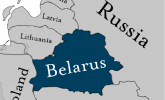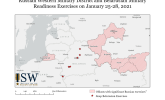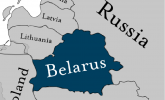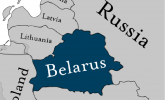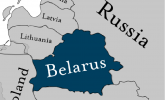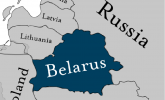Belarus Warning Update: Moscow Sets Conditions for Kinetic Intervention in Belarus Through New Information Operation
August 21, 2020 - ISW Press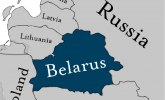
7:30 pm EDT: The Kremlin has assumed direct control of Belarusian media to conduct an information campaign for its own ends as the key component of its hybrid operation in Belarus. Lukashenko stated on August 21 he “invited” Russian media professionals to work at Belarusian state media. Lukashenko’s statement confirms ISW’s August 20 assessment that the Kremlin began an information operation in Belarus and took control of Belarusian state news agencies on August 19. The Kremlin, Lukashenko, Belarusian authorities, and Belarusian state media organizations’ rhetoric are converging. Belarusian state entities are acting as components of this Kremlin information operation and must be studied as such. This information operation is likely a component of a larger Russian hybrid operation currently underway.


